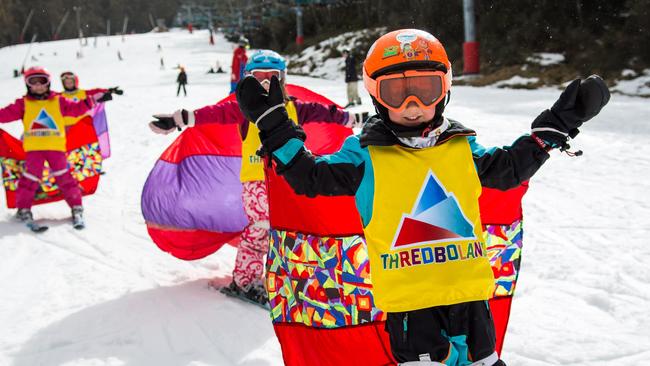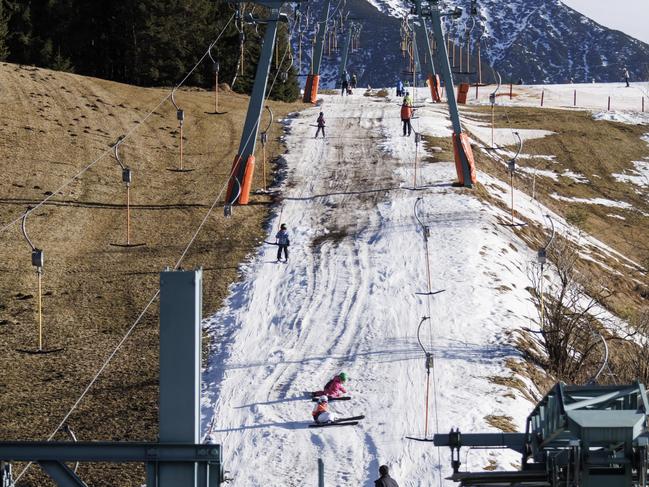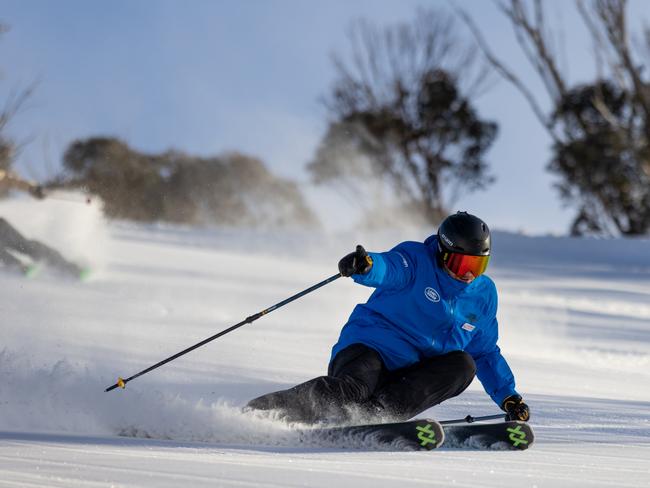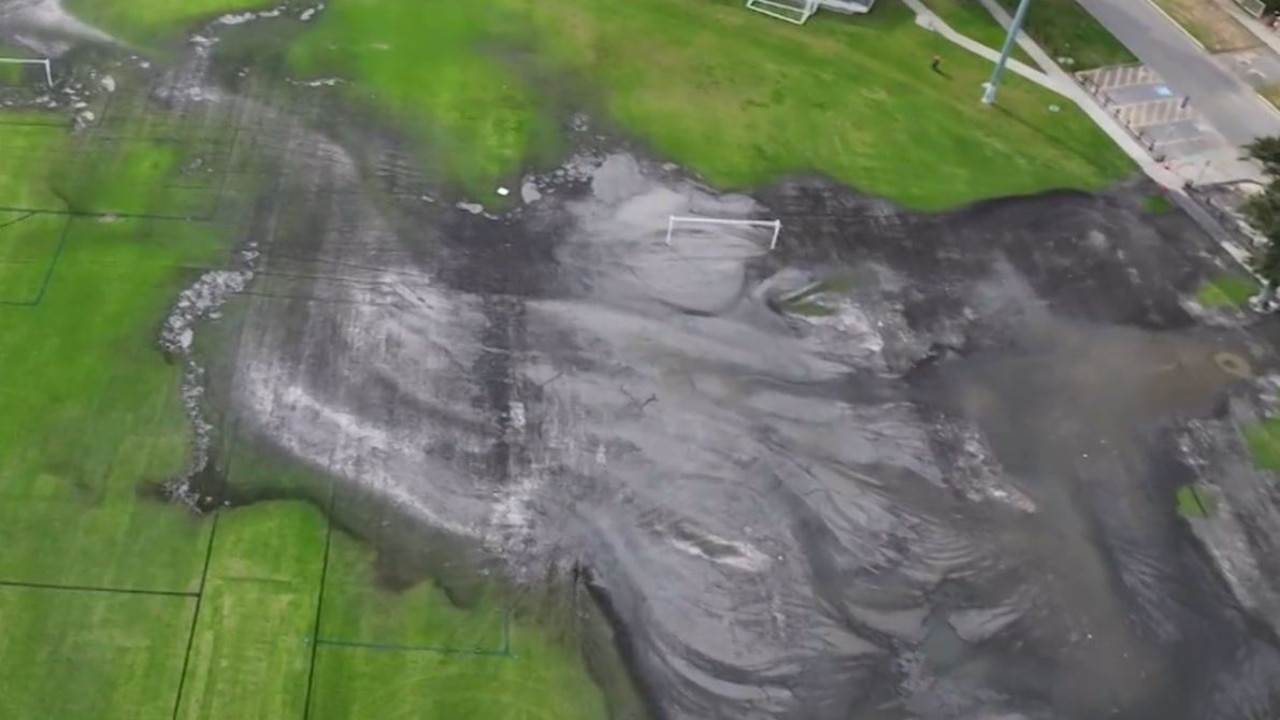Grim future prediction for Australian Alpine resorts with warmer winters forecast
Images of snowless ski resorts in Europe shocked the world — but climate modelling shows it could happen in Australia. Here’s why.

Environment
Don't miss out on the headlines from Environment. Followed categories will be added to My News.
Some Australian alpine regions could be left with “no recognisable winter” by the middle of the century, according to alarming new climate modelling from the Australian Conservation Foundation (ACF).
The forecasts come just weeks after some European ski runs were left completely bereft of snow during an abnormally warm winter, jeopardising thousands of alpine industry jobs.
Using climate data and projections from the CSIRO, the ACF will on Friday release a new online tool showing what average temperatures could be like across Australia in the year 2050, with alpine regions set for some of the most dramatic changes.
According to the model, Thredbo’s current average winter temperature of 2.7°C could rise to 7.2°C by 2050 – an increase of 4.5°C.
Average winter temperatures in Baw Baw could climb from 6.4° to 10.4°, while in Mt Buller winter averages will jump from 7.2°C now to 10.8°C in 2050, the ACF modelling suggests.

The modelling has been based on a scenario called RCP 8.5 by the International Panel on Climate Change. Under this scenario, global greenhouse gas emissions and temperatures will continue to rise between now and 2050, despite many countries (including Australia) promising to slash their emissions to net zero by then. In 2022 greenhouse gas emissions hit a record high and the year was considered the fifth or sixth warmest on record by international weather agencies.
The ACF tool was developed by Associate Professor Geoff Hinchcliffe, a data visualisation specialist from the School of Art and Design at the ANU.
Assoc Prof Hinchliffe said the 2050 projections would mean huge changes for our winters.
“For a lot of regions [in Australia] there is nothing that will resemble the winter you recognise,” he said.

The ACF said rising temperatures would mean Thredbo would experience “a longer and hotter summer and no recognisable winter”, but Assoc Prof Hinchcliffe stressed the data was about averages rather than a specific forecast.
A 2019 study from the University of Technology, Sydney, suggested warmer winters were already prompting action across Australia’s alpine resorts.

“In 2006 snow-making was seen as an ‘insurance policy’ against a bad season, whereas now it is seen as necessary and something all ski resorts, even smaller ones, have invested in,” the UTS researchers stated.
A spokesperson for Thredbo resort said there were 343 snow-making guns firing during ski season, with ten (six fixed and four mobile) added in 2022. The resort is also using SNOWsat technology to make snow grooming efforts more accurate and efficient, the spokesperson said.
ACF climate program manager Gavan McFadzean said the economic cost of climate inaction was huge, and called upon the Albanese government to say no to new coal and gas projects.
“If we don’t start rapidly reducing climate pollution, Australia’s Alpine areas will be among some of the worst hit,” he said.
“It’s a loss of jobs, livelihoods and winter culture. Let’s keep bushwalking and camping for the summer – and protect skiing and snowboarding in the winter.”
More Coverage
Originally published as Grim future prediction for Australian Alpine resorts with warmer winters forecast





